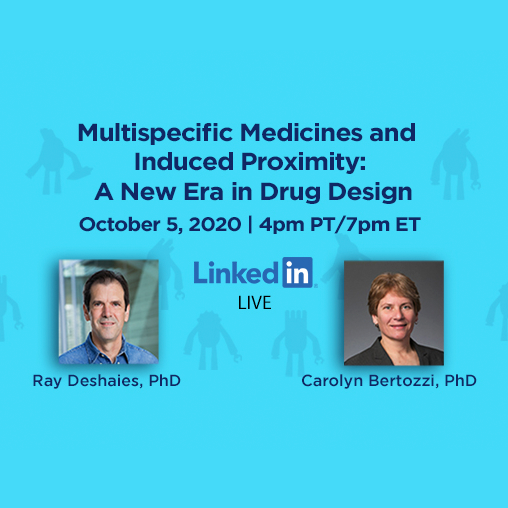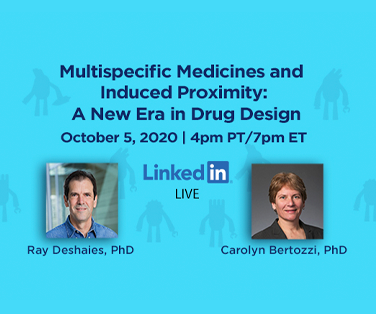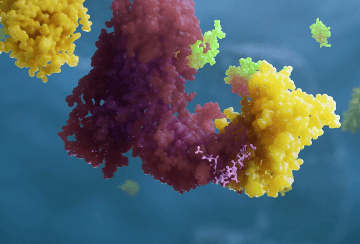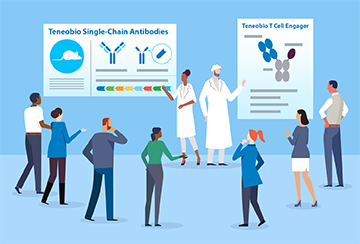How will multispecific medicines change our view of how to treat disease?
To find out, watch the tape of this October 2020 LinkedIn Live event featuring Ray Deshaies, senior vice president of Global research for Amgen, and Carolyn Bertozzi, Ph.D., Professor of Chemistry at Stanford University, Investigator of the Howard Hughes Medical Institute, and Baker Family Co-Director at Stanford ChEM-H.
Prior decades of innovation in drug design hasn’t fundamentally changed the basic idea of how a drug works in the body. In nearly every medicine approved dating back to aspirin, one molecule (the drug) binds to its target molecule in a way that changes the target’s normal activity. The drug itself does all the hard work of dialing the activity up or down, most often down.
The problem is that about 85% of targets that lead to disease are “undruggable” because they don’t have functional binding pockets for a drug to fit into. In their LinkedIn Live event, Ray and Carolyn discussed how multispecific medicines can act as “molecular matchmakers” to leverage the body’s own biology to tackle these hard-to-drug targets. This new paradigm has the potential to spark the next big wave in drug design.
“We’re only limited by our technical capabilities, vision, and creativity,” said Deshaies.





